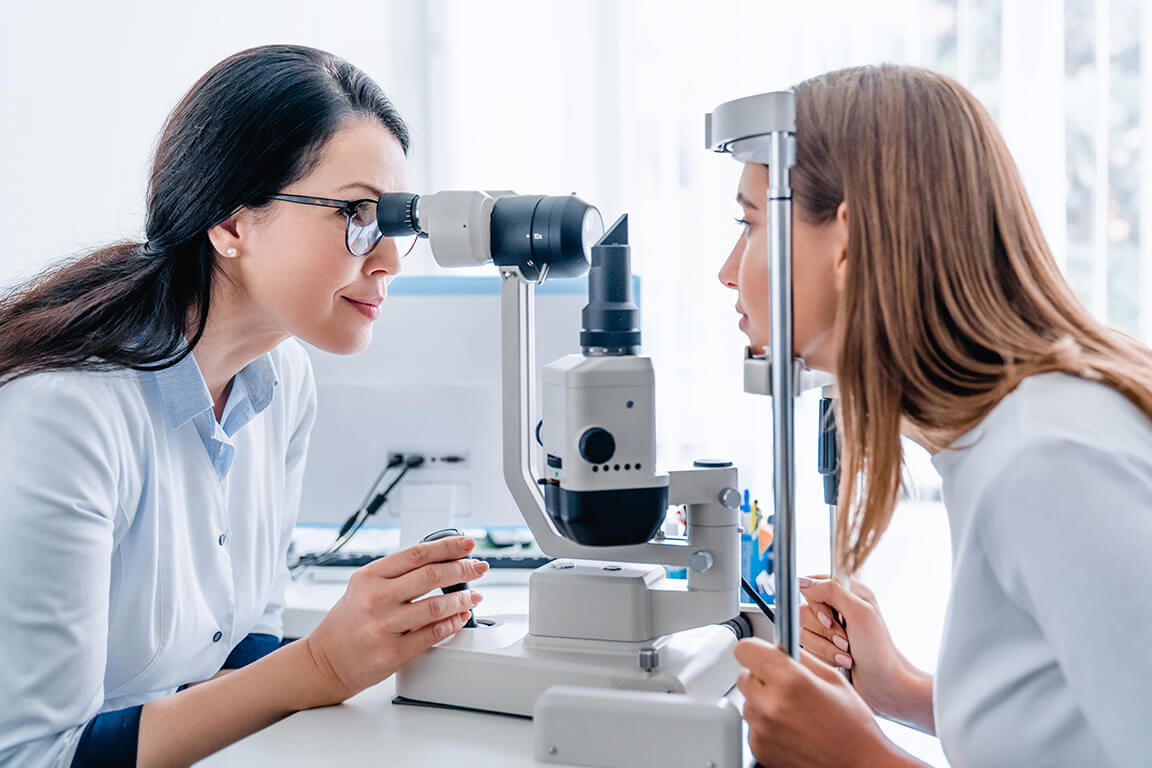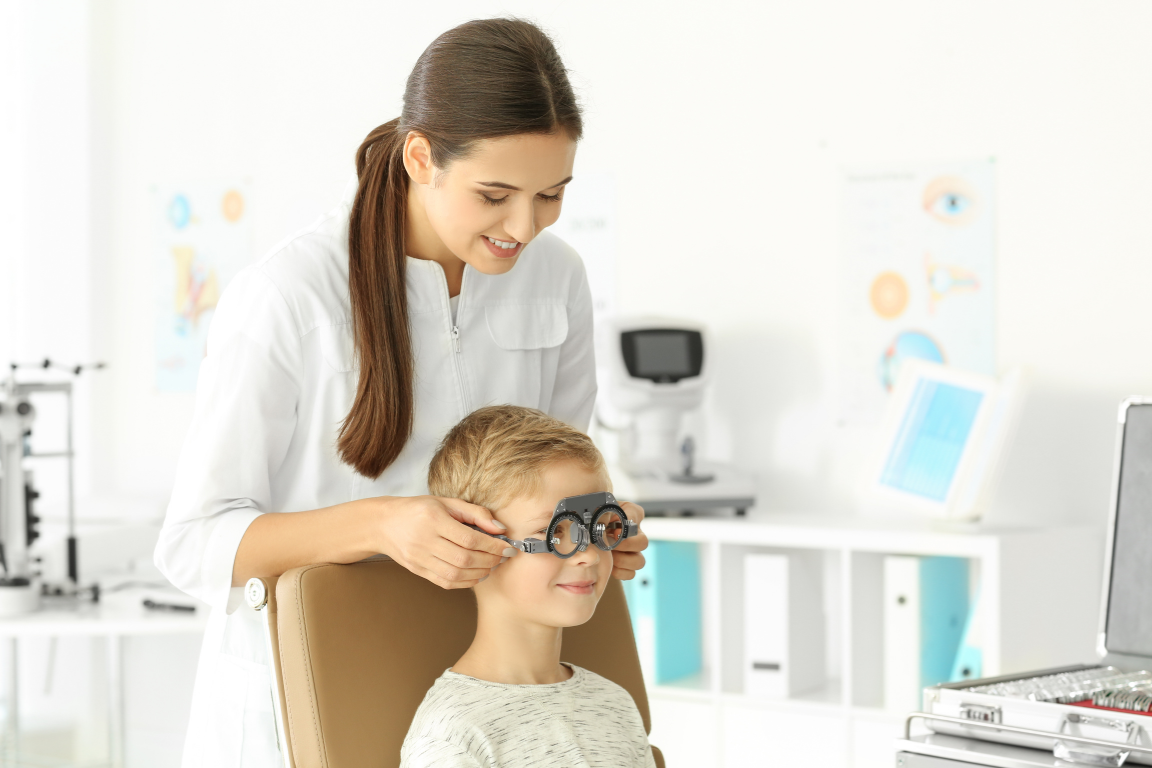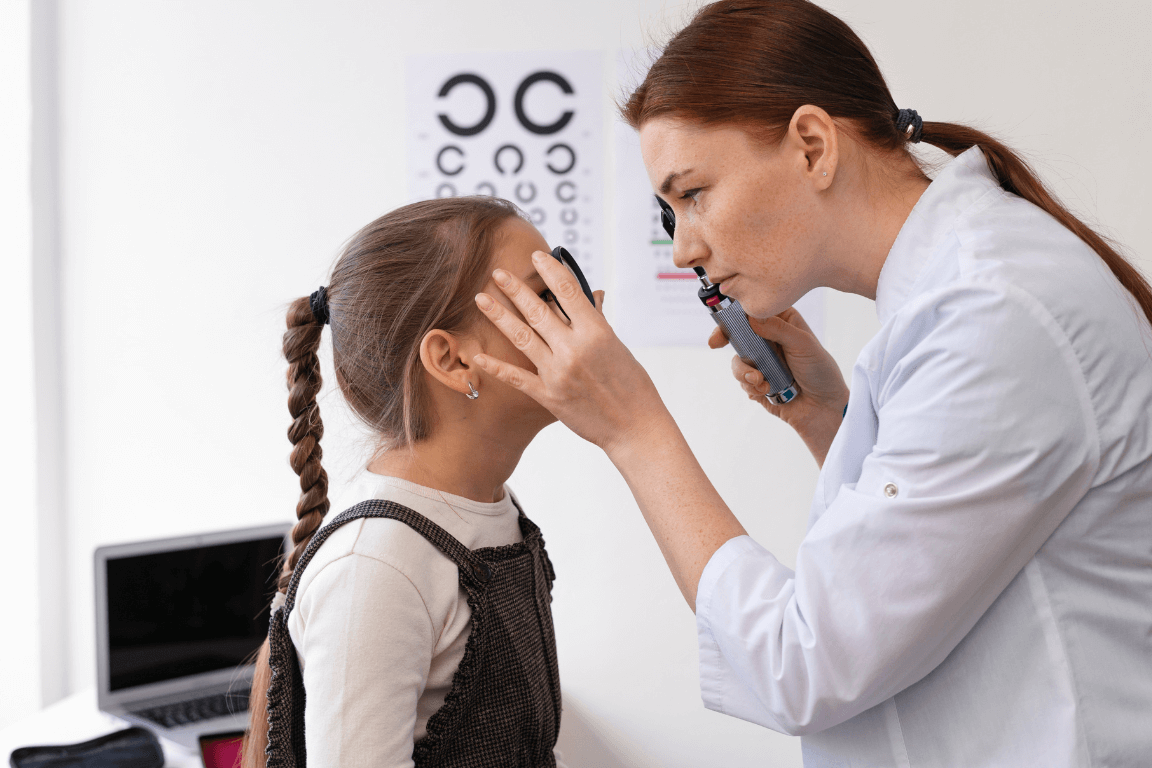There are ways you can differentiate your practice from others with your dry eye management services. Learn more from this article.
Dry eye disease has received a lot of air time in recent years, particularly with the release of the Tear Film and Ocular Disease (TFOS) Dry Eye Workshop (DEWS) II report in 2017.1 Since then, dry eye disease has become almost a specialty offering for many optometry practices. Although every optometrist should have some basic ability to diagnose and manage dry eye disease, there are ways you can differentiate your practice from others with your dry eye management services. Considering that the prevalence of dry eye disease has been reported in the literature as high as 75%, comprehensive management of dry eye can be a significant component of an optometrist’s daily practice. However, before promoting yourself as a clinic that offers dry eye disease management, it can help to ask yourself a few questions first.
Is your understanding of dry eye disease up to scratch?
According to the TFOS DEWS II report, dry eye disease is defined as:
“A multifactorial disease of the ocular surface characterised by a loss of homeostasis of the tear film, and accompanied by ocular symptoms, in which tear film instability and hyperosmolarity, ocular surface inflammation and damage, and neurosensory abnormalities play aetiological roles.”1
However, too many optometrists arbitrarily recommend any off-the-shelf ocular lubricant to their patients who complain of dry eyes. Though artificial tears certainly play an essential role in managing dry eye disease, we now understand that there is often much more than simply adding more moisture to the eye’s surface.
By ensuring that your understanding of dry eye disease diagnosis and management extends beyond simply using artificial tears regularly throughout the day, you can better position yourself to offer effective management strategies to your patients that actually work. If you are interested in managing dry eye disease, consider undertaking advanced learning on the topic. Among other further learning modules found in publications such as mivision and Pharma, or in Optometry Australia’s Institute of Excellence, you can consider UNSW’s Dry Eye Disease: Diagnosis and Management short course or the Specialist Certificate in Anterior and Dry Eye Disorders offered at the University of Melbourne.
A comprehensive understanding of dry eye management should include the following:
- The difference between aqueous deficiency and evaporative dry eye and how to diagnose each one
- The differences between different types of ocular lubricants (such as Systane Ultra versus Cationorm versus VitA POS)
- When and how to prescribe topical medications (such as Restasis, Xiidra, lifitegrast, or steroids)
- The availability of other devices used to manage dry eye disease (such as the Bruder mask or LipiFlow)
- How medications and systemic conditions contribute to dry eyes
- Lifestyle remedies for dry eyes
- How to implement and interpret dry eye disease questionnaires (such as the OSDI)
Is your practice adequately equipped to manage dry eye disease comprehensively?
Ask any optometrist currently involved in comprehensive dry eye management, and you’ll probably get wildly differing answers about the must-haves and nice-to-haves when it comes to diagnostic or therapeutic equipment. The purchase of any new equipment, particularly one with relatively limited use, such as an intense pulsed light (IPL) machine or Blephasteam for dry eye, is always an investment and a potential risk if you end up not using it. To reduce the risk to your practice, if you’re unsure how robust the uptake will be for your dry eye services, consider buying second-hand equipment or investigating the possibility of loaning the device for several months before purchasing it.
One of the must-have pieces of equipment for dry eye diagnosis and management is, of course, a slit lamp. All optometry practices will also have sodium fluorescein to assess the stability of the tear film and the ocular surface for staining or irregularities. For dry eye investigations beyond the basic assessments, you may also wish to consider investing in the following:
- A device to assess the tear film non-invasively. For example, the Visionix VX120+ Dry Eye can provide a non-invasive analysis of the tear film and evaluation of the break-up time.
- Meibomography. Meibomography is used to evaluate the meibomian glands of the upper and lower eyelids when assessing for dysfunction. Being able to offer meibomography can have a two-fold benefit. One is that it allows you to properly evaluate the extent of meibomian gland dysfunction (MGD) and its contribution to your patient’s dry eye situation, which subsequently can guide your treatment recommendations. The second benefit is that it provides a compelling visual aid when explaining your patients’ condition to them, which is an excellent motivator for persisting with your recommended treatments. The Visionix VX120+ Dry Eye can also provide colour images of the meibomian glands.
- Treatment devices for MGD. There are a number of such devices commercially available. These can include LipiFlow, Blephasteam, BlephEx, or an IPL device like Eye-Light.
- Punctal plugs. In Australia, optometrists do not commonly offer punctal plug insertion, but there is no reason not to learn how! Optometrists have access to all the equipment needed to perform punctal plug insertion. This gives you an additional tool for managing dry eye patients with a predominantly aqueous deficiency aetiology.
If you need help figuring out where to get started when it comes to setting up your practice for comprehensive dry eye management, speak to a colleague or do additional research. You can also consult Opticare’s team of product specialists by clicking this link. Other considerations for purchasing new equipment include the physical size of the device (will it physically fit into your consulting rooms?) and your budget.
Don’t be afraid to set up a fee schedule for these extra dry eye services. There are no Medicare item numbers specific to services such as IPL or meibomography, so you are well justified in charging an additional fee. In addition to helping recuperate the costs of these devices, it also enhances the value of your services to your patients.
Are you prepared to proactively discuss dry eye disease diagnosis and management with your patients?
Many dry eye disease patients can be entirely asymptomatic. One study found 24% of asymptomatic patients to have dry eye disease based on tear film break-up time analysis.2 In fact, many optometrists will realise that even symptomatic patients may reflexively deny any issues with dry eye when asked, either because they don’t realise their symptoms are due to dryness or because they’ve become used to their symptoms as just a normal sensation.
In order to maximise the reach of your dry eye services, it, therefore, becomes important to proactively ask your patients about symptoms of dry eye disease. Not only asking about the sensation of dryness but also other symptoms such as tired eyes, variable vision with blinking, or even watery eyes. This being said, offering dry eye treatment to entirely content and asymptomatic patients should be done with discretion, as they may be less likely to appreciate an improvement to their ocular or visual comfort or quality of life.
Summary
With dry eye disease being such a prevalent condition, offering comprehensive disease management can be a point of differentiation for your practice. However, before delving in too hastily, it pays to ensure that you’re well-prepared to take the plunge by equipping yourself with both the knowledge and the practice set-up to manage this common condition effectively.
References
- Craig JP, et al. TFOS DEWS II Report Executive Summary. The Ocular Surface. 2017:1-11.
- Shah S, Jani H. Prevalence and associated factors of dry eye: Our experience in patients above 40 years of age at a Tertiary Care Centre. Oman J Ophthalmol. 2015 Sep-Dec;8(3):151-6





